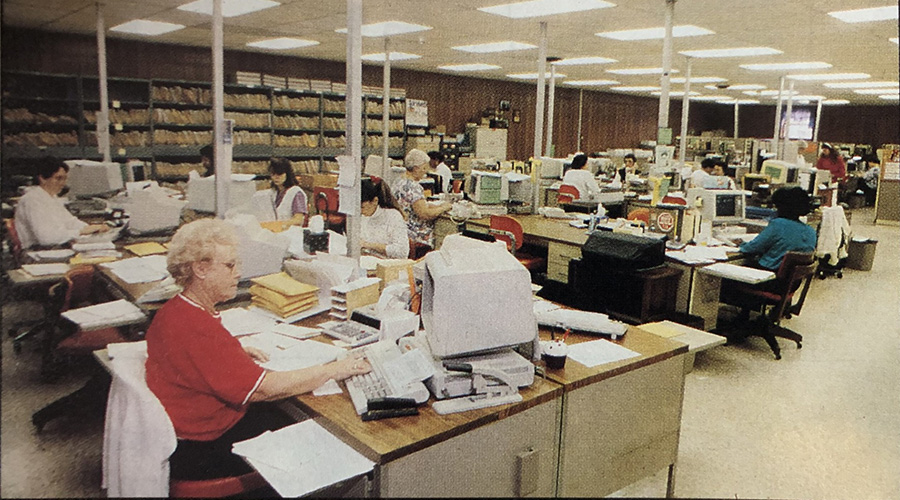Hospital Organization Launches Energy Efficiency Campaign
The American Society for Healthcare Engineering (ASHE) of the American Hospital Association (AHA) has launched a two-year campaign to help reduce energy consumptions in health care facilities, the Environmental Protection Agency has announced.
The American Society for Healthcare Engineering (ASHE) of the American Hospital Association (AHA) has launched a two-year campaign to help reduce energy consumptions in health care facilities, the Environmental Protection Agency has announced.
"It is encouraging to see that those who care for our health, are also concerned with the health of our environment," says EPA Administrator Stephen L. Johnson.
The campaign is meant to educate members about the environmental and economic benefits of pursuing energy efficiency improvements in healthcare facilities.
ASHE is agreeing to:
-Identify hospitals with successful energy programs
-Develop case studies of their energy management methods
-Produce an energy efficiency section on ashe.org
-Develop a chapter focused energy program
-Recognize members for energy efficiency improvements of 10 percent or more.
ASHE estimates that in the first year of the campaign, members will save more than $65 million on energy costs while preventing nearly 3 million pounds of greenhouse gas emissions.
More than 8,000 organizations partner with EPA in the Energy Star program. In 2005 alone, Americans with the help of Energy Star, saved about $12 billion and prevented greenhouse gas emissions equivalent to those from 23 million vehicles.
ASHE will recognize members based on their self-reporting of energy efficiency improvements using EPA's national energy performance rating system that rates a building's energy efficiency, on a scale of 1 to 100, relative to similar buildings across the country.
Buildings with lower ratings are typically good candidates for improvement, as the low rating reflects an important operational issue or out-dated technology. The rating system is available for hospitals, medical office buildings, schools, and hotels, among others.
Energy Star partners with building portfolios achieving energy efficiency improvements of 10 percent or more, qualify as Energy Star Leaders.
Related Topics:











